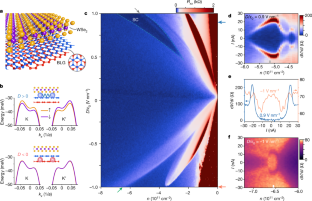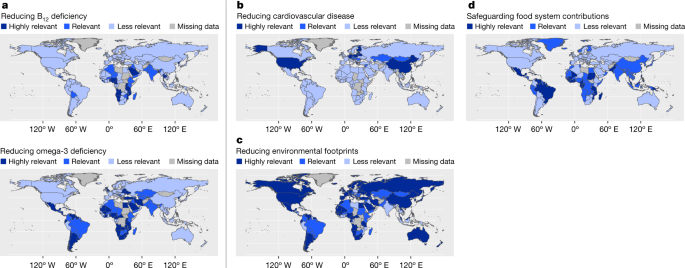2023-02-22 カリフォルニア工科大学(Caltech)
◆今回、カリフォルニア工科大学の技術者たちは、この不思議な材料の1つである二セレン化タングステンが、グラフェンのライバルであるだけでなく、グラフェンを補完するものであることを明らかにした。二セレン化タングステンをグラフェンに添加することで、グラフェンの電気的特性を向上させることに成功したのである。
◆グラフェンは、単層の原子がハニカム状に格子状に配列した炭素の一種であり、その形状は鶏の羽のようである。このグラフェンを2枚以上重ねると、互いのシートの配置によって、大きく異なる電子特性を示すようになる。例えば、2枚目のグラフェンを、上に重ねたシートに対してわずか1.05度だけ「ひねる」と、全く抵抗なく電気を通す超伝導体にも、電気の通り道を完全に塞ぐ絶縁体にもなるのである。この全く異なる状態を切り替えるために必要なのは、外部からの電界の印加だけである。
◆ところが、2022年の研究により、ねじれていないグラフェン2層膜でも超伝導を示すことが明らかになった。グラフェンの非ねじれ二層膜は、ねじれた二層膜よりもバルクでの作製が容易だが、超伝導状態はより繊細で調整が難しく、ねじれた構造よりも約100倍低い温度でしか起こらない(こうした温度は通常、液体ヘリウムを使用しなければ達成できない)。カリフォルニア工科大学の新しい研究は、二セレン化タングステンを用いて、この壊れやすい超伝導を大幅に改善する方法を示している。
◆1月11日付の『Nature』誌に掲載されたこの新しい研究で、応用物理学および材料科学のStevan Nadj-Perge助教授らは、二セレン化タングステンをグラフェン二重層の上に置くと、ねじれのないグラフェンの超伝導が大きく向上することを発見した。特に、超伝導臨界温度(材料が超伝導になる最も高い温度)が10倍も向上したのである。二セレン化タングステンは、グラフェンに近接することで、量産可能な無撚りグラフェンに「魔法の角度」の撚りの恩恵を与えることができるのである。この発見は、超伝導の本質に対する新たな洞察をもたらすとともに、グラフェン系材料の超伝導性を高めるための戦略を示唆するものである。
<関連情報>
- https://www.caltech.edu/about/news/boosting-superconductivity-in-graphene-bilayers
- https://www.nature.com/articles/s41586-022-05446-x
スピン軌道近接型二層グラフェンにおける超伝導の向上 Enhanced superconductivity in spin–orbit proximitized bilayer graphene
Yiran Zhang,Robert Polski,Alex Thomson,Étienne Lantagne-Hurtubise,Cyprian Lewandowski,Haoxin Zhou,Kenji Watanabe,Takashi Taniguchi,Jason Alicea & Stevan Nadj-Perge
Nature Published:11 January 2023
DOI:https://doi.org/10.1038/s41586-022-05446-x

Abstract
In the presence of a large perpendicular electric field, Bernal-stacked bilayer graphene (BLG) features several broken-symmetry metallic phases1,2,3 as well as magnetic-field-induced superconductivity1. The superconducting state is quite fragile, however, appearing only in a narrow window of density and with a maximum critical temperature Tc ≈ 30 mK. Here we show that placing monolayer tungsten diselenide (WSe2) on BLG promotes Cooper pairing to an extraordinary degree: superconductivity appears at zero magnetic field, exhibits an order of magnitude enhancement in Tc and occurs over a density range that is wider by a factor of eight. By mapping quantum oscillations in BLG–WSe2 as a function of electric field and doping, we establish that superconductivity emerges throughout a region for which the normal state is polarized, with two out of four spin-valley flavours predominantly populated. In-plane magnetic field measurements further reveal that superconductivity in BLG–WSe2 can exhibit striking dependence of the critical field on doping, with the Chandrasekhar–Clogston (Pauli) limit roughly obeyed on one end of the superconducting dome, yet sharply violated on the other. Moreover, the superconductivity arises only for perpendicular electric fields that push BLG hole wavefunctions towards WSe2, indicating that proximity-induced (Ising) spin–orbit coupling plays a key role in stabilizing the pairing. Our results pave the way for engineering robust, highly tunable and ultra-clean graphene-based superconductors.



